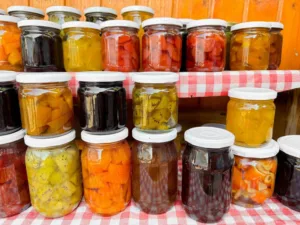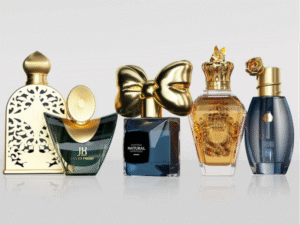From pickles to honey, and dry goods like nuts and spices, the right glass food jar not only protects your product but also enhances brand appeal. In the realm of food packaging, glass food jars play a pivotal role due to their safety, environmental friendliness, and aesthetic appeal. Consumers searching for “best food jars” or “types of glass jars for food” often seek the most suitable packaging solutions for their specific product characteristics. However, with a myriad of glass jar types available on the market, the question of “Which jar is right for my product?” becomes a common pain point. This guide will delve into the intricacies of glass food jars, helping you make informed decisions.
The spirits industry is witnessing a paradigm shift, with technology playing a pivotal role in transforming packaging from a static entity into an interactive and informative touchpoint. Brands are increasingly adopting advanced solutions to enhance consumer engagement, ensure product authenticity, and improve supply chain efficiency.
1. Industry Knowledge: Types of Glass Food Jars and Their Applications
Types and Applications
Technical Considerations
2. Data Support
According to market research reports, the global glass packaging market size was valued at USD 71.50 billion in 2024, is projected to reach USD 74.64 billion in 2025, and is expected to reach USD 105.25 billion by 2033. This highlights the significant advantages of glass jars in terms of food safety, sustainability, and consumer preference. As a material that can be recycled infinitely, glass’s environmental friendliness also aligns with the current global pursuit of sustainable development.
3. Case Study: How a Jam Brand Chose the Right Glass Jar

“Sweet Farm” is a jam brand known for its handmade, natural ingredients, and it planned to launch a new strawberry jam series. Their target markets were high-end supermarkets and e-commerce platforms, thus demanding high standards for packaging aesthetics, preservation effectiveness, and food safety. This strawberry jam required a hot-filling process (90°C) followed by 20 minutes of sterilization.



